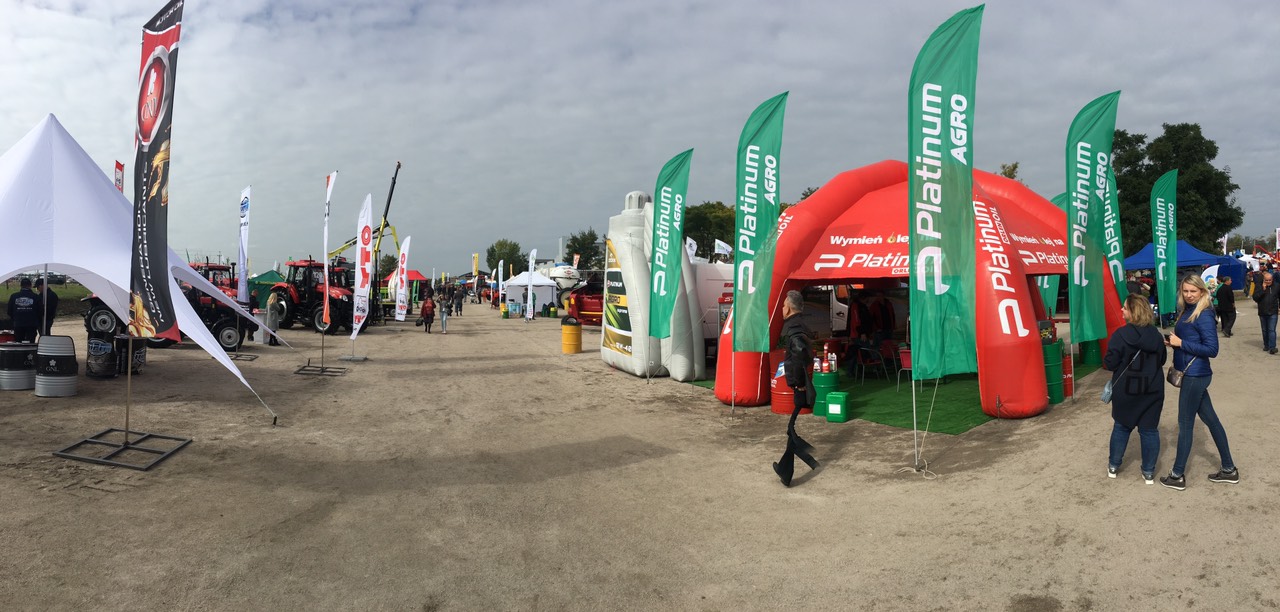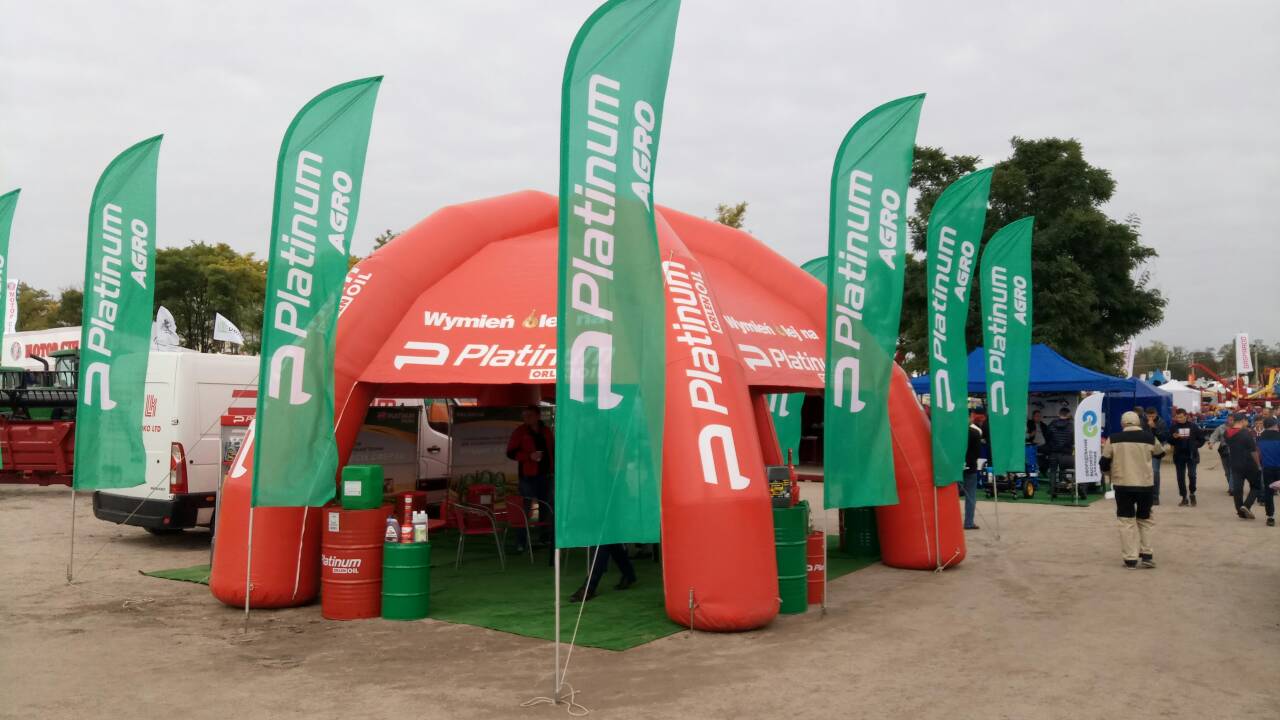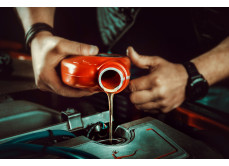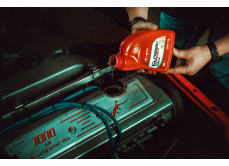Body and LFP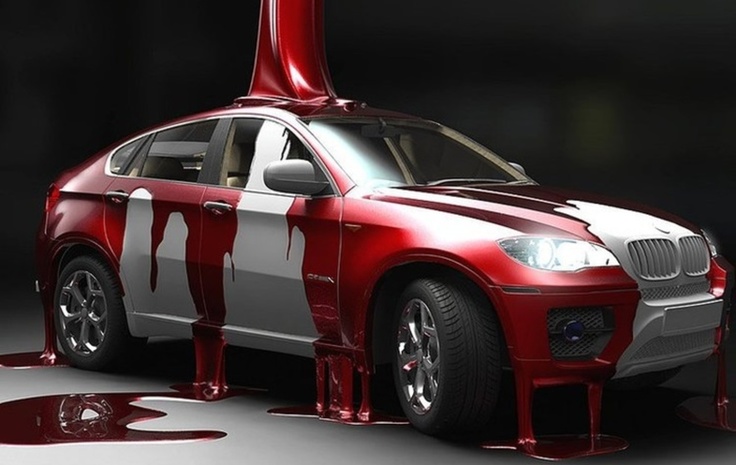
Carefully inspect the body and paintwork of your car. If
after an active year of operation on it there were mechanical damage
and after the paint, do not be lazy to eliminate them at least by means
of help - paint "pencil" in color or locally painted in tone. The
fact is that high humidity and possible temperature variations "through
zero" by autumn nights will do their thing - the rust is formed quite
quickly. If
you wait and winter (and in the cold season, not every paint will be
taken for local painting), then the cost of repairs will be much more. It
is also important to remember that in the autumn, the amount of dust
and dirt on the road increases slowly but surely wears LFP. The best way to protect is to cover the car body solid (hard, not liquid, which is usually imposed by the washers) with wax.
Humidity in the cabin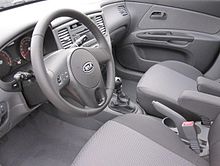
In the salon, pay special attention to humidity. To
reduce the amount of moisture in the interior and to keep the factory
dry carpet, during the rainy and snowy season, replace the cloth mats
with rubber or silicone, which will retain moisture. If
persuasion or money does not allow to replace the mats with more
utilitarian, then regularly watch that the upholstery is not wet. Moisture is a sure sign of quick corrosion of the body bottom. Check
also the efficiency of electric heating of exterior mirrors and rear
glass, without which it will be difficult to rain and just wet autumn
days. Do not be too lazy to check how your oven is warm in the cabin.
Tires and wheels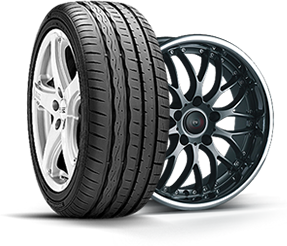
The wheels also need to be closely monitored. Seasonal redevelopment is not far off, but even to it it is necessary to control pressure in tires. In autumn, the daily temperature difference reaches 17-20 degrees. At the same time, the pressure in the tires can be reduced and without a serious problem. And if your car also has cast or stamped discs with scratches and chips - paint them with varnish in color. In
winter, in the cold, you do not want to do this, and the chemicals that
sprinkle / water the roads in bad weather, very strongly affect the
"light" alloys, causing their corrosion.
Brushes and the mechanism of "janitors"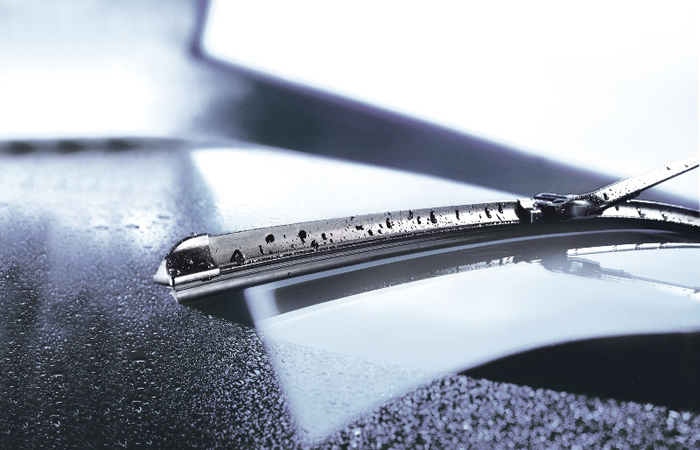
In
the autumn, it is not unnecessary to trace how brushes "janitors" work:
do not leave them on the glass of passes, do not jerk during work ...
If the answer is positive - before you are obvious signs of their rapid
death. If you hear an unpleasant sound (creaking, crackling) during the trapeze of wipers, then it may be time to grease it.
Battery and lights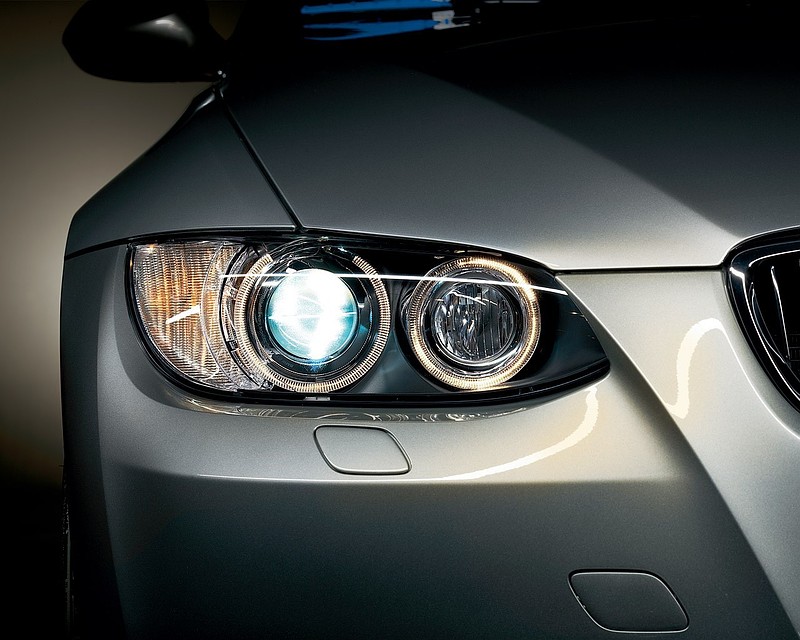
Despite the remaining mileage to the regulated MOT, before the autumn season, it is not superfluous to look under the hood. It should at least visually check the high-voltage wires for seals, cracks, and shattered shells. And if you already climbed into the engine compartment, look how long the battery of your car is. If it is still fresh enough, then just a prophylactic recharge is enough. Well,
completing the electricity review, look at the car "in the eye":
fogging the headlights and freezing the concentrate can lead to the
oxidation of contacts, failure of the lamps and even the destruction of
reflectors of optics. Typically, the cause of fogging headlamps and lanterns is the leakproofness of their cases.
Last news
Show by period:
- All news
- Last month
- Last 3 months
- Last 6 months
- Last year
To meet drivers' demand for vehicle consumables, ORLEN OIL, since the beginning of its business, manufactures also operating fluids. The product are based on the most recent technologies and are developed by qualified technical experts.
With
long years experience, modern laboratory and access to the latest
technologies, we deliver our customers products combining top quality
and most advanced technology. As in case of motor oils, the quality of
engine performance is of utmost importance, driver's safety is the
priority as far as the operating fluids are concerned.
The screen wash is practically the only chemical the driver is
frequently and directly exposed to during everyday driving.
Platinum PRO is the latest generation for professional motor oils utilising the revolutionary technology SMART Formula and the dual oil filtration system.
The
oils conform to the latest quality standards according to API and
ACEA, and have numerous approvals of the leading car manufacturers
including: VW, MB, Ford, Renault, PSA Peugeot Citroën.
Platinum PRO
are the most advanced oils in the range of ORLEN OIL, designed
specially for Authorised Service Centres and demanding car owners.
The line of oil includes:
- PLATINUM PRO 0W-20
- Platinum Pro 0W-30 New
- PLATINUM PRO 0W–40
- PLATINUM PRO F 5W–30
- PLATINUM PRO V 5W–30
- PLATINUM PRO XD 5W–30
- PLATINUM PRO XFI 5W–30
- PLATINUM PRO XJ 5W–30
- PLATINUM PRO C3 5W–40
- PLATINUM PRO C4 5W–30
- PLATINUM PRO 10W–40

When buying a car, we often wonder what is its actual
mileage and what oil was applied by the previous user. The answers to
both questions should be given by the former owner, but they often do
not know or are simply not interested in them.
Unfortunately, this type of situation can cause problems to
the new owner who, in good faith, basing on the vehicle mileage and
recommendations of the manufacturer, pours premium quality oil
recommended for the model. If the mileage was real, and the oil
previously used was of a similar class and was regularly changed, we can
be confident about our new acquisition. Otherwise - high mileage and
operating the engine at low-grade oil - pouring oil of worse quality can
cost us dearly.
Generally, if the car engine is filled with mineral oil, it should not
be changed for a synthetic or a semisynthetic oil. If the engine is
operated at a semisynthetic oil, we can safely replace it with a mineral
oil. A synthetic product can be replaced by a synthetic or a
semi-synthetic mineral oil, provided that the levels of quality and
viscosity are as required.
So, what are the dangers for the drive unit resulting from the change of
mineral oil to a synthetic product? Well, mineral oil creates a
slightly thicker oil film on the more worn engine parts of an exploited
engine with high mileage. In addition, mineral oils, especially those of
lower quality grades, contain much less additives responsible for
keeping the engine pure than synthetic oils. This difference may cause a
threat to the engine which is used only at a low-grade mineral or a
semisynthetic oil. Changing a mineral oil to a synthetic oil can cause
dissolution and leaching of the existing deposits and carbon deposits in
the engine. There may, therefore, appear clearances at the engine worn
parts which in turn will cause accelerated wearing. Additionally, there
is a risk of oil leakage from the engine due to the dissolved deposits
around the engine seals.
Cars that were operated on oils recommended by manufacturers and with
changes on a regular basis and in accordance with the indications of the
service should not be exposed to this type of danger, even when using
the oil meeting the standards higher than those recommended. An example
would be the use of oil of quality grade according to API SM for a
gasoline engine for which an API SL oil is recommended.
However, in the case where oil quality requirements are determined by
manufacturers by means of their own standards and specifications, it is
recommended not to use oils of similar viscosity and qualitative
parameters that do not meet specific standards required by the
manufacturer.
ORLEN OIL offers a wide range of products for various
manual and automatic transmissions, powershift systems, continuously
variable transmissions (CVT), gears and drive axles. Our oils help save
fuel, extend oil change intervals and ensure smooth gear shifting in any
temperature.
Thanks to quality base oils and unique enriching
additives, our transmission oils considerably reduce the cost of repairs
by extending the lifetime of components and ensure maximum protection
of cooperating parts. Without hazardous substances such as chlorine and
heavy metals and thanks to lower temperature and reduced emissions, the
oils contribute to saving the environment.
Today, September 26, the largest exhibition of Ukraine - AGROEXPO-2018 was opened in Kropivnitsky. The exhibition will last for four days.
This year the area of the exhibition complex has increased from 119, 100 m² to 125 000 m².
In
general, it is planned that more than 600 profile companies will take
part in the VI International Agro-Industrial Exhibition AGROEXPO-2018
and will visit 35,000 people (last year - 27,250).
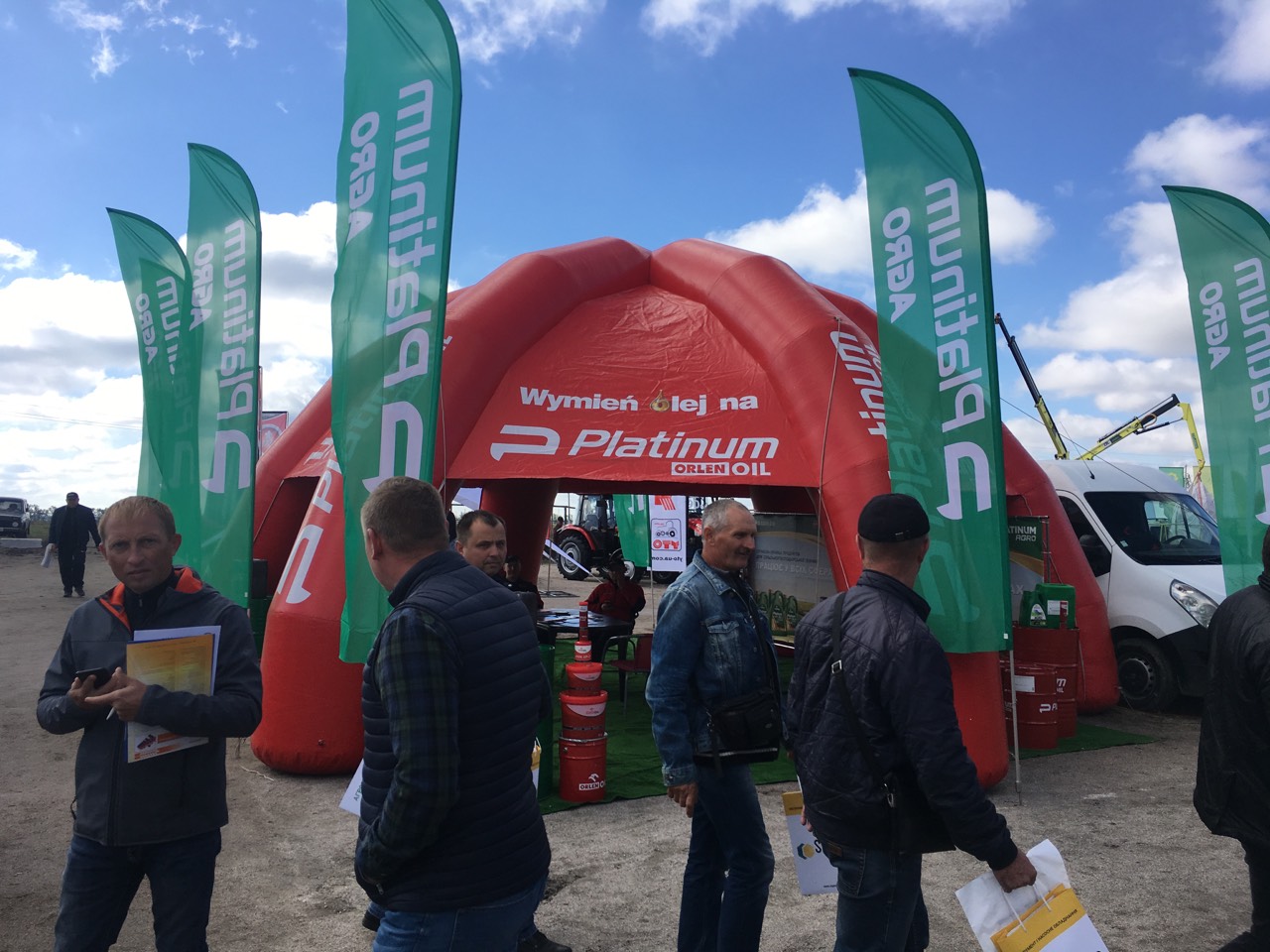
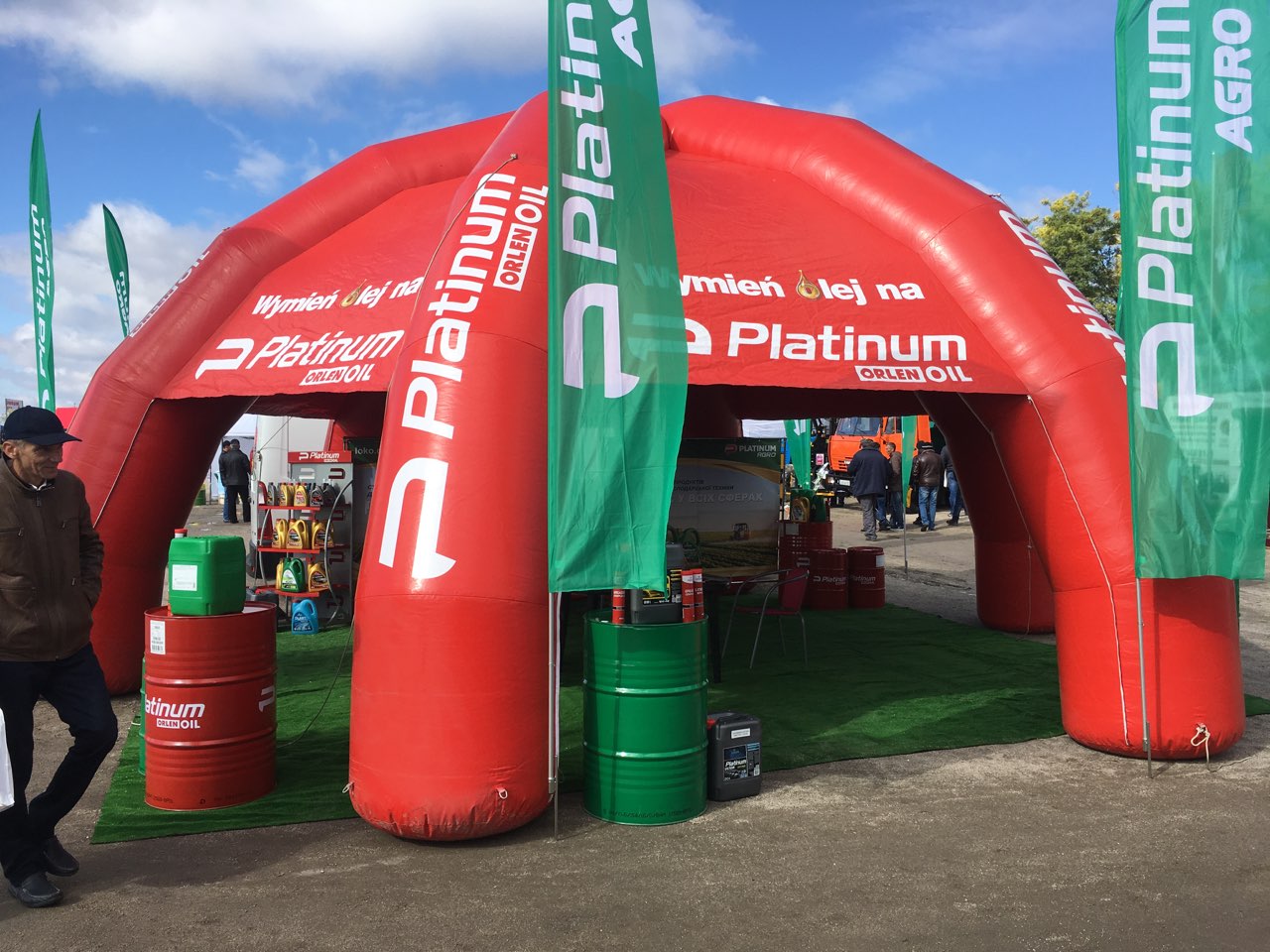
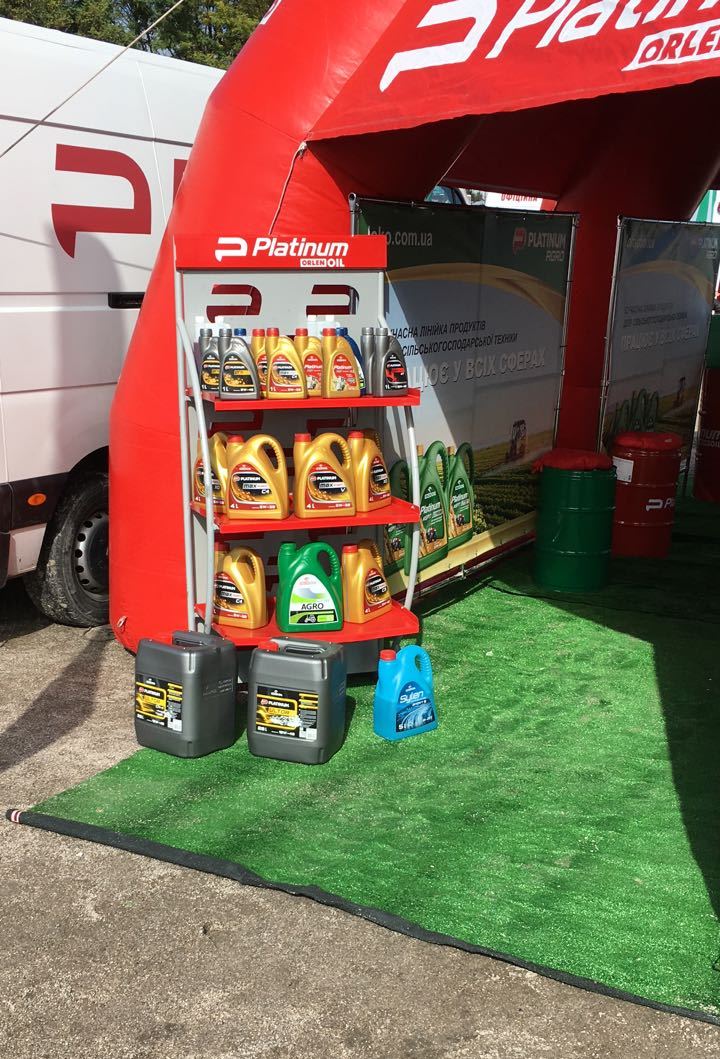

ORLEN OIL offers
also a wide range of quality automotive lubricants. Disparate and often
extreme working conditions require application of a broad range of
products.
ORLEN OIL lubricants are characterised by:
- very good anti-corrosive, anti-oxidising and anti-wear properties;
- wide range of lubricant application temperature and life;
- high resistance to moisture, water vapour, weak acids and bases;
- high resistance to vibration, high pressure and impact load;
- very good load-carrying capacity.
Platinum ULTOR are latest generation
synthetic and mineral motor oils designed for trucks, buses and heavy
equipment. Advanced technology based on a pack of enriching additives
with unique formulation guarantees trouble-free operation of any engine,
even in extreme load conditions.
Platinum ULTOR products are adapted to very stringent requirements of latest emission standards EURO V and EURO VI, so that they can effectively protect the natural environment.
Using
Platinum ULTOR products provides tangible economic benefits by
significantly reducing fuel and oil consumption. Maximised oil change
intervals and extended engine life is thus achieved.
Top quality of Platinum ULTOR products is proven by approvals of the leading truck and engine manufacturers, including: MAN, Mercedes-Benz, Volvo, Scania, Renault, MTU, Deutz, Cummins, Mack.
PLATINUM Ultor line - Products found: 17
- PLATINUM ULTOR PERFECT 5W-30
- PLATINUM ULTOR SCANDIV 10W-40
- PLATINUM ULTOR COMPLETE 10W-40
- PLATINUM ULTOR MAXIMO 5W-30
- PLATINUM ULTOR MAX 5W-30
- PLATINUM ULTOR MAX 5W-40
- PLATINUM ULTOR PROGRESS 10W-40
- PLATINUM ULTOR OPTIMO 10W-30
- PLATINUM ULTOR EXTREME 10W-40
- PLATINUM ULTOR MASTER 10W–40
- PLATINUM ULTOR FUTURO 15W–40
- PLATINUM ULTOR PLUS 15W-40
- PLATINUM ULTOR CH-4 15W-40
- PLATINUM ULTOR CG-4 15W-40
- PLATINUM ULTOR DIESEL 15W-40
- PLATINUM ULTOR DIESEL 15W-50
- PLATINUM ULTOR DIESEL 20W-50
ORLEN OIL offers also a broad range of products for forestry and gardening, in such equipment as lawn mowers, cultivators, ploughs, snow ploughs, strimmer and other gardening machinery with two- or four-stroke engines. The products offer excellent properties ensuring wear protection even in extreme conditions, ensuring minimum wear, protecting from corrosion and formation of high-temperature deposits.
- PILAROL (Z)
- ORLEN OIL NIX 10W-30
- PILAROL EKO
- ORLEN OIL TRAWOL 2T
- ORLEN OIL TRAWOL 30
- ORLEN OIL TRAWOL 10W-30
Nowadays,
agriculture is perceived as a dynamically developing industry. Modern,
trouble-free equipment is indispensable to increase yields and work on
large areas. Older machinery is therefore gradually replaced with
efficient modern equipment.
Lubricant manufacturers are thus
compelled to keep pace with the recent developments in machinery by
improving their existing lubricants and developing new ones. When it
comes to engine, gear and transmission oils, the changes occur very
rapidly. As a rule, each new series of tractors or other agricultural
machinery requires a specific type of gear or engine oil, which cannot
be replaced by an oil of different specifications. Deep changes observed
in agriculture inspire development of an offer for agricultural
equipment. Products meeting the expectations of farmers, availability
and quality certified by leading manufacturers of modern tractors and
agricultural machines are the main strengths of ORLEN OIL.
PLATINUM
Agro motor oils, developed specifically for modern agricultural
machinery, are ORLEN OIL's response to changing expectations. The latest
technology incorporated in PLATINUM Agro oils guarantees safety of the
machinery and equipment used in agriculture. The oils are diversified as
to quality classes required for modern agricultural machinery.
High
quality base oils combined with a perfect blend of enriching additives
guarantee efficient engine lubrication, thus ensuring excellent engine
performance even in the most demanding conditions and extended oil
change intervals. Platinum AGRO motor oils guarantee easy cold start and
good pumpability during spring and autumn frost.
- PLATINUM AGRO SUPREME 10W-40
- PLATINUM AGRO NOVO 15W-40
- PLATINUM AGRO NEXT 15W-40
- PLATINUM AGRO HV 46
- PLATINUM AGRO BASIC 15W-40
- PLATINUM AGRO STOU 10W-40
- PLATINUM AGRO UTTO 10W-30
- PLATINUM AGRO LS 80W-90
A range dedicated to single-track vehicles is a full range of 8 products - simple, readily available and practical solution for motorcyclists to guarantee trouble-free running in any terrain.
4T is synthetic oils for 4-stroke motorcycle engines. Thanks to its unique formula, it provides the perfect cleanliness of engine components.
Platinum Rider 4T 10w-40;
Platinum Rider Cruiser 4T 15w-50;
Platinum Rider Racing 4T 5w-40;
Platinum Rider Scooter 4T 5w-40;
Platinum Rider Sport 4T 10w-50;
Platinum Rider V-TWIN 4T 20w-50
2T - semisynthetic oils for two-stroke motorcycle engines. The unique formula provides excellent protection against wear and good compatibility with fuel.
Platinum Rider Racing 2T;
Platinum Rider Scooter 2T.
Other oils:
Orlen Oil 2T Semisynthetic;
Orlen Oil Mixol S.
Platinum Classic is a line of oils containing synthetic, semisynthetic and mineral oils for cars equipped with gasoline and diesel inflammation. The products are available in three classes of SAE viscosity: 5W-40 (synthetic oil), 10W-40 (semi-synthetic oil) and 15W-40 (mineral oil).
Platinum
MaxExpert is a line of synthetic engine oils meeting the highest
requirements of manufacturers of passenger cars and small vans. Their unique formula is the result of research and testing conducted by ORLEN OIL technologists.
Thanks
to modern production technology, oils meet stringent quality standards
according to API standards (American Oil Institute), ACEA (Association
of European Vehicle Manufacturers) and ILSAC (International Committee of
Standards and Lubricant Approvals) and high requirements of car
manufacturers: Volkswagen, Audi, Skoda, Seat , Mercedes-Benz, BMW, Renault, Citroen, Peugeot, Ford, Opel, Fiat, Lancia, Alfa Romeo.
GREASEN
N-EP 00/000 has officially confirmed that it meets the requirements of
MAN 283 Li-P 00/000, one of the leading companies engaged in the
manufacture of trucks, buses, minibuses, engines and industrial
equipment. This is a confirmation of the high quality of ORLEN OIL products.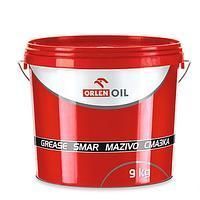
The
GREASEN N-EP 00/000 grease is intended primarily to lubricate friction
units in passenger cars and heavy commercial vehicles and buses by using
central lubrication systems at temperatures from -30 ° C to + 90 ° C,
temporarily up to 120 ° C. GREASEN The N-EP 00/000 perfectly gives you a lot of stress and smoothness even at very low temperatures.





